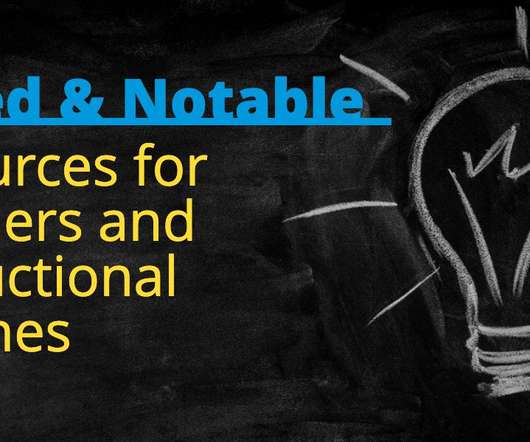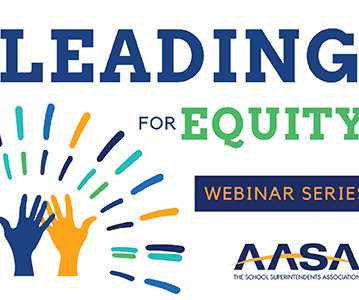Remote Work May Transform Higher Education. But Will Printers and Alexa Undermine Its Privacy?
Edsurge
FEBRUARY 22, 2021
Plus: printers, smart speakers and privacy (oh my!) — all in this Edtech Reports Recap. So declares the newest forward-looking publication from the higher-ed information technology association EDUCAUSE, “ 2021 EDUCAUSE Horizon Report: Information Security Edition.” But this Horizon Report represents a couple of firsts.



















Let's personalize your content